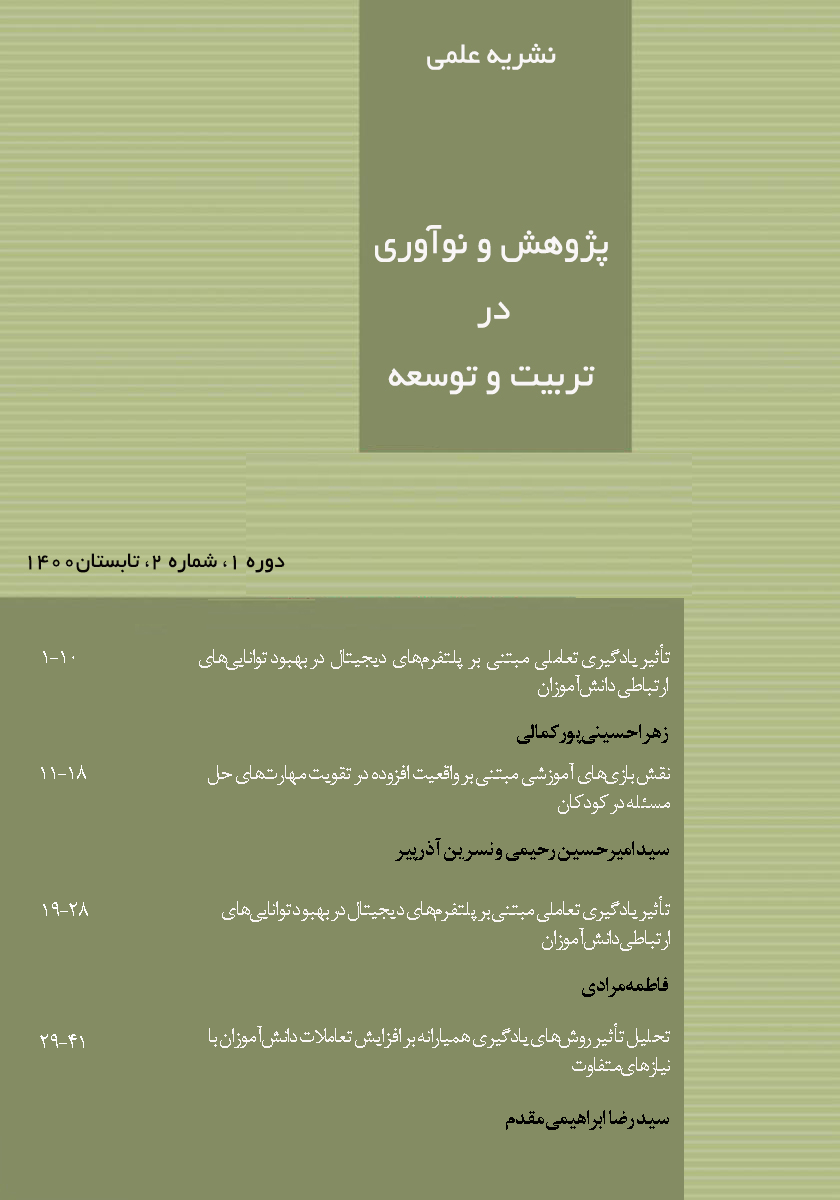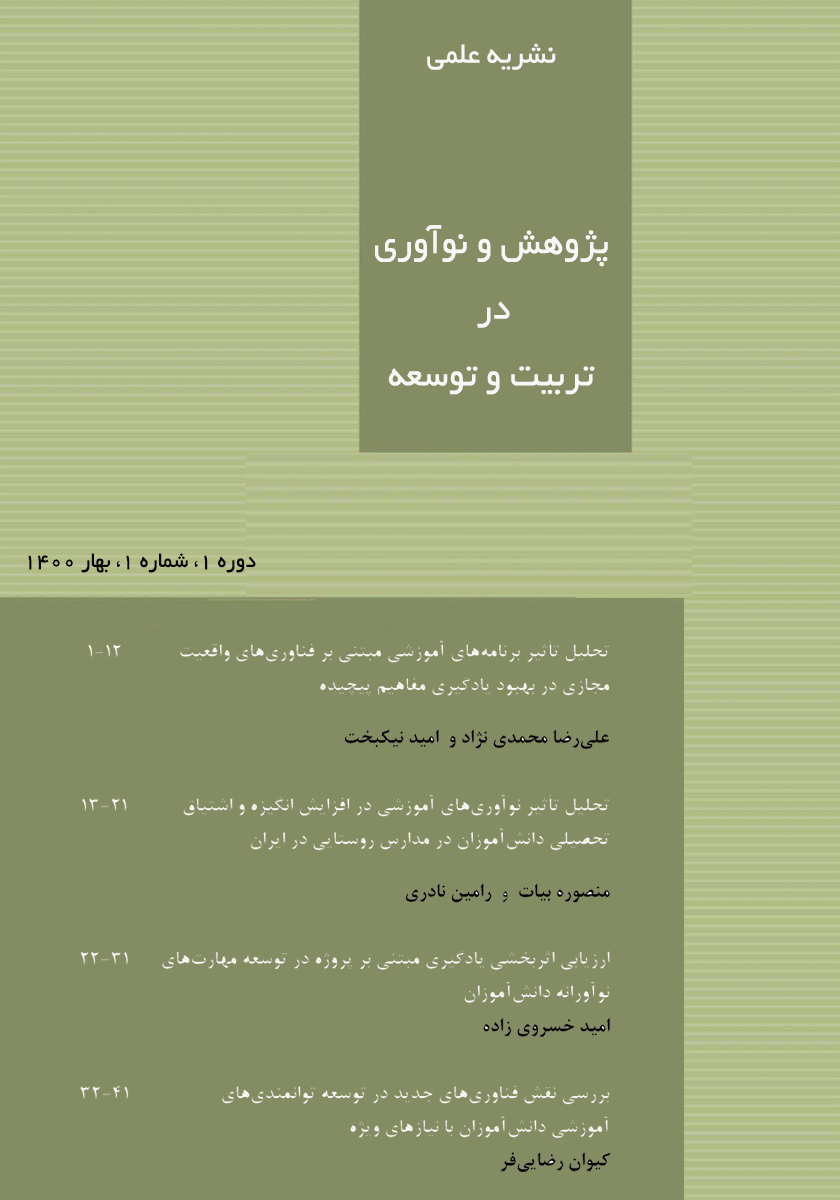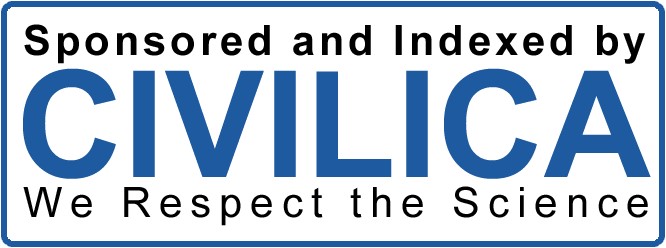The Role of Augmented Reality-Based Educational Games in Enhancing Problem-Solving Skills in Children
Keywords:
Augmented reality, educational games, problem-solving skills, children, interactive learningAbstract
This paper examines the role of augmented reality (AR)-based educational games in enhancing problem-solving skills in children. Problem-solving skills are critical components of cognitive and social development in children. AR-based games, known for creating interactive and engaging environments, are recognized as effective educational tools that can help improve these skills in children. This study utilizes a descriptive analysis method to review and analyze existing studies and research in this area. The findings indicate that AR-based games have the potential to enhance children's cognitive and problem-solving abilities and create higher motivation and engagement in the learning process compared to traditional educational methods. However, limitations such as the need for specific equipment and associated costs could hinder the broader adoption of this technology in education. It is suggested that further empirical research be conducted to more precisely evaluate the actual impact of these games on various skills in children.
Downloads
References
عزیزی، ح. )1399(. تأثیر بازیهای واقعیت افزوده بر تقویت مهارت های حل مسئله در کودکان پیش دبستانی .مجله
روان شناسی تربیتی، 15)2(، .60-45
شریف، م. ) 1400(. مقایسه اثرات آموزش مبتنی بر بازی و روش های سنتی بر یادگیری و انگیزش تحصیلی .فصلنامه مطالعات
آموزشی، 27)3(، -89 .102
کاظمی، س،. امیری، ر،. و حسینی، م. )1398(. بررسی تأثیر بازیهای واقعیت افزوده بر مهارت های زبان آموزی و حل مسئله
در کودکان دبستانی .پژوهشنامه روان شناسی و آموزش، 18)1(، -73 .91
Alkhattabi, M. (2017). Augmented reality as e-learning tool in primary schools'
education: Barriers to teachers’ adoption. International Journal of Emerging Technologies
in Learning (iJET), 12(2), 91-98.
Azuma, R. T. (1997). A survey of augmented reality. Presence: Teleoperators &
Virtual Environments, 6(4), 355-385.
Bacca, J., Baldiris, S., Fabregat, R., Graf, S., & Kinshuk. (2014). Augmented reality
trends in education: A systematic review of research and applications. Educational
Technology & Society, 17(4), 133-149.
Baker, M., Navarro, J., & van der Hoek, M. (2021). Teaching mathematics through
augmented reality games: A case study. Journal of Interactive Learning Environments,
(4), 123-140.
Dunleavy, M., Dede, C., & Mitchell, R. (2009). Affordances and limitations of
immersive participatory augmented reality simulations for teaching and learning. Journal
of Science Education and Technology, 18(1), 7-22.
Gentile, D. A., Choo, H., Liau, A., Sim, T., Li, D., Fung, D., & Khoo, A. (2020).
Pathological video game use among youths: A two-year longitudinal study. Pediatrics,
(2), e319-e329.
Huang, H. M., Liaw, S. S., & Lai, C. M. (2016). Exploring learner acceptance of the
use of virtual reality in medical education: A case study of augmented reality and 3D
medical apps. Journal of Educational Technology & Society, 19(3), 150-160.
Smith, P. K., & Mancy, R. (2018). Exploring the role of digital gaming in learning
and development of young children. Journal of Learning and Teaching in Higher
Education, 2(1), 15-30.
Downloads
Published
Submitted
Revised
Accepted
Issue
Section
License

This work is licensed under a Creative Commons Attribution-NonCommercial 4.0 International License.











